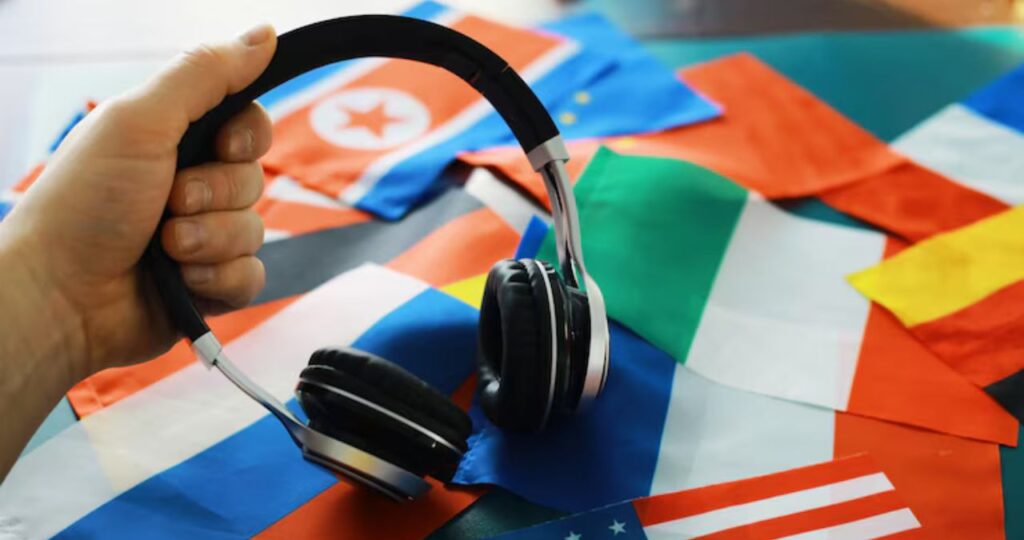In a world increasingly interconnected by commerce, migration, and digital communication, the need for accurate, efficient, and culturally sensitive language translation has never been more urgent. Enter Oprekladač — a groundbreaking innovation in language translation technology that is reshaping how we understand and bridge linguistic divides. More than just a translation tool, Oprekladač embodies a shift toward contextual understanding, real-time adaptability, and emotional nuance in cross-language communication.
The Origin and Meaning of Oprekladač
The name “Oprekladač” is derived from a Slavic linguistic root meaning “translator” or “interpreter.” Unlike traditional translation systems, Oprekladač represents a new class of AI-driven tools designed not merely to convert text from one language to another, but to interpret meaning, tone, and intent. Its development began in academic circles in Central Europe, where researchers in computational linguistics and artificial intelligence collaborated on creating a dynamic, context-aware translation framework.
The early iterations of Oprekladač were open-source and community-driven, with linguistic experts and AI engineers contributing to its evolving lexicon and learning algorithms. Over time, it attracted the attention of major tech firms and educational institutions eager to integrate its capabilities into global communication infrastructures.
How Oprekladač Works: Beyond Literal Translation
At the heart of Oprekladač lies a multilayered neural network architecture trained on vast corpora of multilingual data. But what sets it apart is its capacity for “empathic inference” — the ability to detect subtle emotional cues, idiomatic expressions, and cultural context. Rather than offering direct word-for-word translations, Oprekladač crafts responses that feel native to the target language, preserving nuance and intent.
Key technological components include:
- Semantic Understanding: Oprekladač uses deep learning to analyze not just sentences but full conversations, extracting meaning across discourse levels.
- Cultural Modulation: Algorithms are fine-tuned with cultural datasets, allowing translations to reflect localized expressions and social norms.
- Real-Time Adaptability: With edge computing and 5G support, Oprekladač enables seamless live translation in voice, video, and text formats.
- Learning-on-the-Go: Each user interaction helps refine the system, creating a feedback loop that makes the engine smarter and more accurate over time.
Applications Across Sectors
Oprekladač’s utility extends far beyond personal or travel use. Its integration into various sectors has shown remarkable promise:
- Healthcare: Doctors and nurses use Oprekladač to communicate with patients in real-time, ensuring accurate diagnoses and treatment across language barriers.
- Legal and Immigration Services: Real-time courtroom and interview translations are now faster and more precise.
- Education: Multilingual classrooms benefit from adaptive translation that supports inclusive learning.
- Corporate Communication: Global teams collaborate more effectively through nuanced internal communications and customer engagement.
- Media and Entertainment: Subtitling, dubbing, and localization are streamlined for global releases.
Cultural Sensitivity and Ethical Considerations
One of the core missions behind Oprekladač is to respect and preserve linguistic diversity. Developers have implemented safeguards to prevent cultural erasure or the flattening of unique dialects. Regional language variations, minority languages, and indigenous speech patterns are integrated into the translation model with input from native speakers and cultural custodians.
Additionally, transparency in AI decision-making is prioritized. Users can access explanations for translation choices and contribute corrections, fostering a participatory relationship with the tool.
Challenges and Limitations
Despite its innovations, Oprekladač is not without challenges:
- Bias and Representation: Like all AI systems, it can reflect biases in its training data. Efforts are ongoing to diversify datasets and audit outputs.
- Data Privacy: Real-time translation raises questions about surveillance and data security, especially in sensitive sectors like health and law.
- Resource Intensity: Advanced translation requires substantial computational power, raising concerns about sustainability and accessibility.
The Future of Oprekladač and Language AI
Looking ahead, Oprekladač is poised to evolve alongside emerging technologies:
- Integration with AR/VR: In immersive environments, Oprekladač will enable real-time multilingual interaction.
- Voice Emotion Recognition: By detecting emotional tone, the system can adjust translations to reflect empathy or urgency.
- Language Preservation: Digitally archiving endangered languages and enabling them in daily use through wearable devices.
Collaboration with linguists, sociologists, and ethicists ensures that Oprekladač remains aligned with human values while pushing the boundaries of possibility.
Conclusion: A New Linguistic Frontier
Oprekladač marks a paradigm shift in how we perceive translation — not as a mechanical conversion, but as an act of understanding. It invites us into a future where language is no longer a barrier, but a bridge. Through technological finesse and cultural empathy, Oprekladač revolutionizes global communication, making the world not just more connected, but more comprehensible.
In this new era, Oprekladač stands as a testament to the power of innovation rooted in human need and guided by ethical responsibility. As language evolves, so too must our tools for understanding it — and Oprekladač is leading the way.






